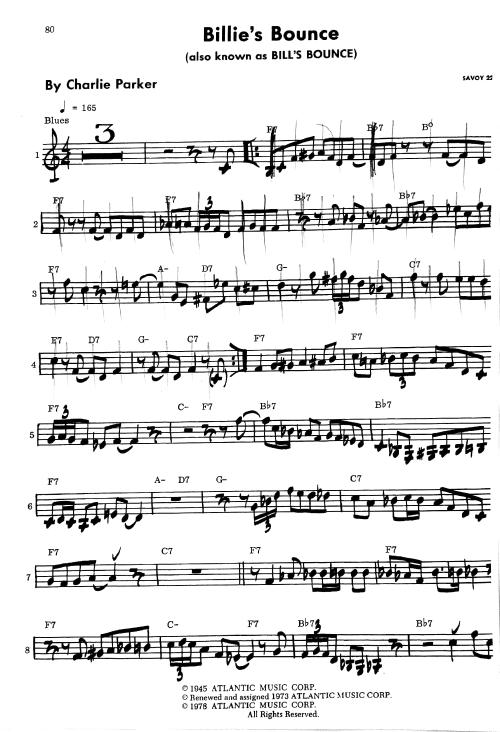
You’d think that keeping the beat wouldn’t be difficult while playing a tune. I thought the same thing. I realised this wasn’t the case when I finally admitted to myself that I still could not play to time (without the help of a metronome) for tunes that I’ve been playing for months.
Why problem?
I don’t know where notes land relative to the beat. I learned the notes for the tune months ago and have stopped relying on the sheet music. When counting out loud I could not follow along. I can still play it, but it has no groove.
I could feel where the notes should go based on a background metronome. But that wasn’t enough, the position of the notes in the tune should be intrinsic to my playing without external influence.
What do?
- Draw lines through the beats
- Play through the tune, exaggerating the accent on each beat
- Audiate the rests!
- Hum along while playing
- Tap foot along with playing
- Chunk the bar into halves
The idea here, is to do something during every beat. “Shush”-ing on every rest that occurs on a beat is the secret sauce here. It forces you to do something during silence.
Alternatively, do it the long (correct) way. Listen to recordings and play along.
Binary Search
The chunking concept is pretty interesting. Its why you tie notes across beats 2 and 3, and 4 and 1. Sight reading quickly requires halving measures (or in the case of a 3⁄4 time signature you would split into 2 and 1), and using that information to work out where the notes fit in the bar. If that’s not enough, you halve again into single beats. And again into quavers.
This is similar (but not quite the same) as the binary search algorithm, which uses similar techniques to find values in a large list of sorted values of the same type.
Future work
Of course this is all theoretical (like most of my musings) so I’ll need to apply this to practice. And get back to all zero of my readers.
But muh jazz!
Jazz typically has strong beats on beats 2 and 4. It also places accents between beats. I’ve been focusing on this for awhile now I forgot to do my fundamentals.
Namely playing to the beat. So let’s get that out of the way first.